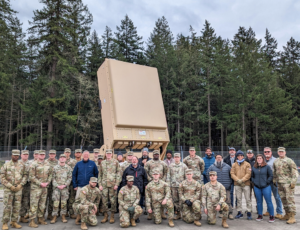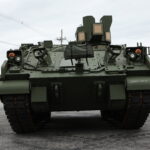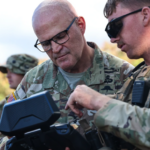
The Army has successfully completed engineering and development testing (EDT) with its Epirus-built drone-killing microwave-based directed energy system prototype, the company said on Wednesday. After delivering the full set of four prototypes for the Army’s Indirect Fire Protection Capability-High Powered Microwave (IFPC-HPM) effort and completing new equipment training (NET) in March, Epirus said the testing in April validated the system’s effectiveness against drones and drone swarms, citing NET and EDT as “key milestones on the path to issuing the HPM…

 By
By 











